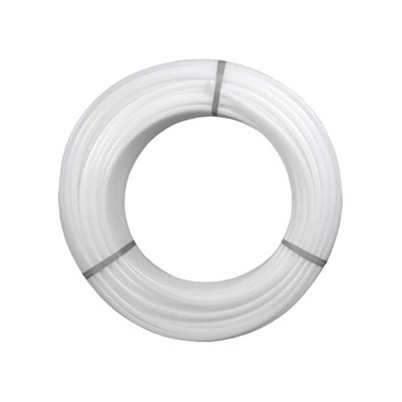The Temperature Of PE Pipes Is Generally Controlled Between 80-100 ℃
Leave a message
In high-temperature environments, the aging rate of PE pipes will greatly accelerate, and the advantage temperature will be much higher than 50 ℃. Therefore, PE pipes are not suitable for the transportation of hot water. Good heat dissipation indicates better thermal insulation effect, but they are used in hot water pipelines. The temperature of PE pipes is generally controlled between 80-100 ℃. If the temperature is too low, the back pressure increases, the output decreases, and even accidents such as material extrusion and damage to screw bearings may occur.
PE buried pipelines should not pass through buildings or structures. When it is necessary to pass through, protective sleeves and other measures should be taken to protect the foundation. When laid below the low elevation of the foundation of a building or structure, it shall not be within the range of the diffusion angle under pressure. PE pipes have a smooth inner surface with a Manning coefficient of 0.009. The smooth performance and non adhesive properties ensure that PE pipes have higher conveying capacity than traditional pipes, while also reducing pressure loss and water transmission energy consumption of the pipeline.
When the input voltage of the PE pipe welding machine is too low, the terminal voltage of the welding head also decreases accordingly. The power cord of the PE pipe welding machine is not easy to be too long, otherwise it will cause voltage drop and lead to false soldering. Backfilling with fine sand or clay around the pipeline can solve the problem. Welding issues account for two-thirds of all accident causes. Among them, there are reasons for unqualified welding quality between pipes, pipes, and fittings.
After slotting, relevant personnel, including supervisors, should be invited before the installation of the lower pipe. The next process can only proceed after the owner passes the groove inspection. Adequate preparation work is an important step before construction, so that the subsequent PE pipe construction will also proceed smoothly.







